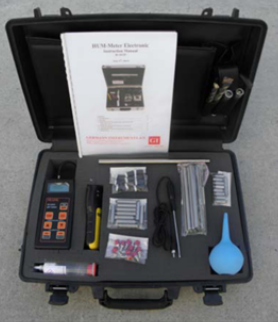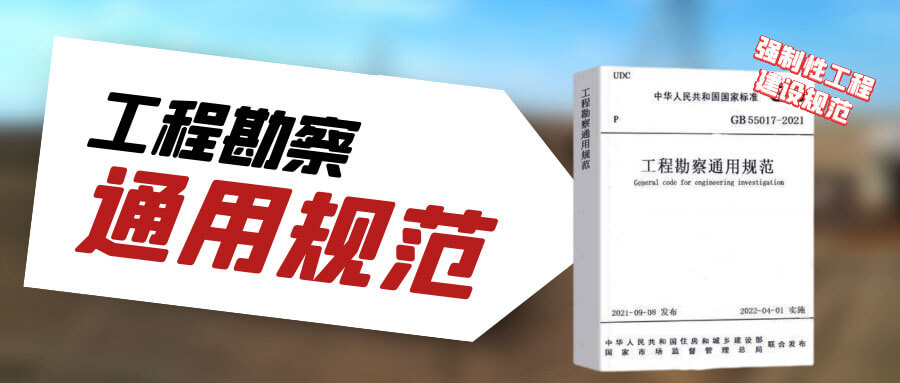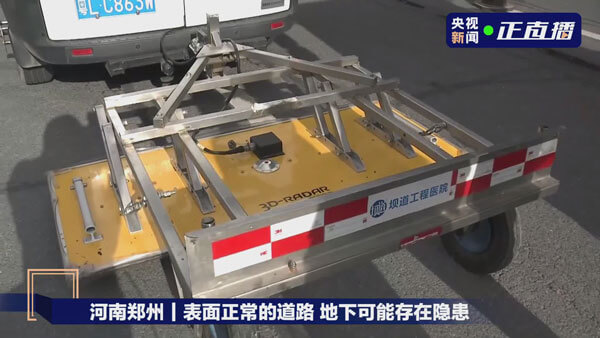HUM-Meter
Purpose
The HUM-Meter is used to monitor the internal moisture content in concrete for evaluation of:
· The corrosion status of reinforcement, because moisture content is one of the parameters that affects corrosion rate
· The effectiveness of drying procedures for arresting the progress of harmful reactions, such as ASR (alkali silica reaction), that depend on moisture
· The effectiveness of methods used to dry the concrete substrate before application of a moisture sensitive covering
Principle
To measure internal moisture content, sensors are installed into holes drilled into the concrete. The system is based on measuring the electrical resistance between two graphite probes or between a graphite probe and the reinforcement. The measured resistance and the known distance between the probes (or between a probe and reinforcement) are used to calculate the resistivity of the concrete and the moisture content is determined using an established relationship between moisture content and resistivity. The relationship can be obtained experimentally for a given concrete, or approximate empirical relationships can be used for common concretes.
The graphite probes are 12 mm in diameter and 20 mm long. The holes are drilled to the depth where moisture content is to be determined.
Precision and Accuracy
The accuracy of the moisture content measured by the HUM-Meter with graphite probes is ±1 % for concrete with a water-cement ratio of 0.50. For concretes with other w/c values, the accuracy has to be evaluated by specific correlations developed on cores. The coefficient of variation of replicate test results is about 5 %.
Testing Example

 Enquiry:hkmarketing@epc.com.hk
Enquiry:hkmarketing@epc.com.hk 













